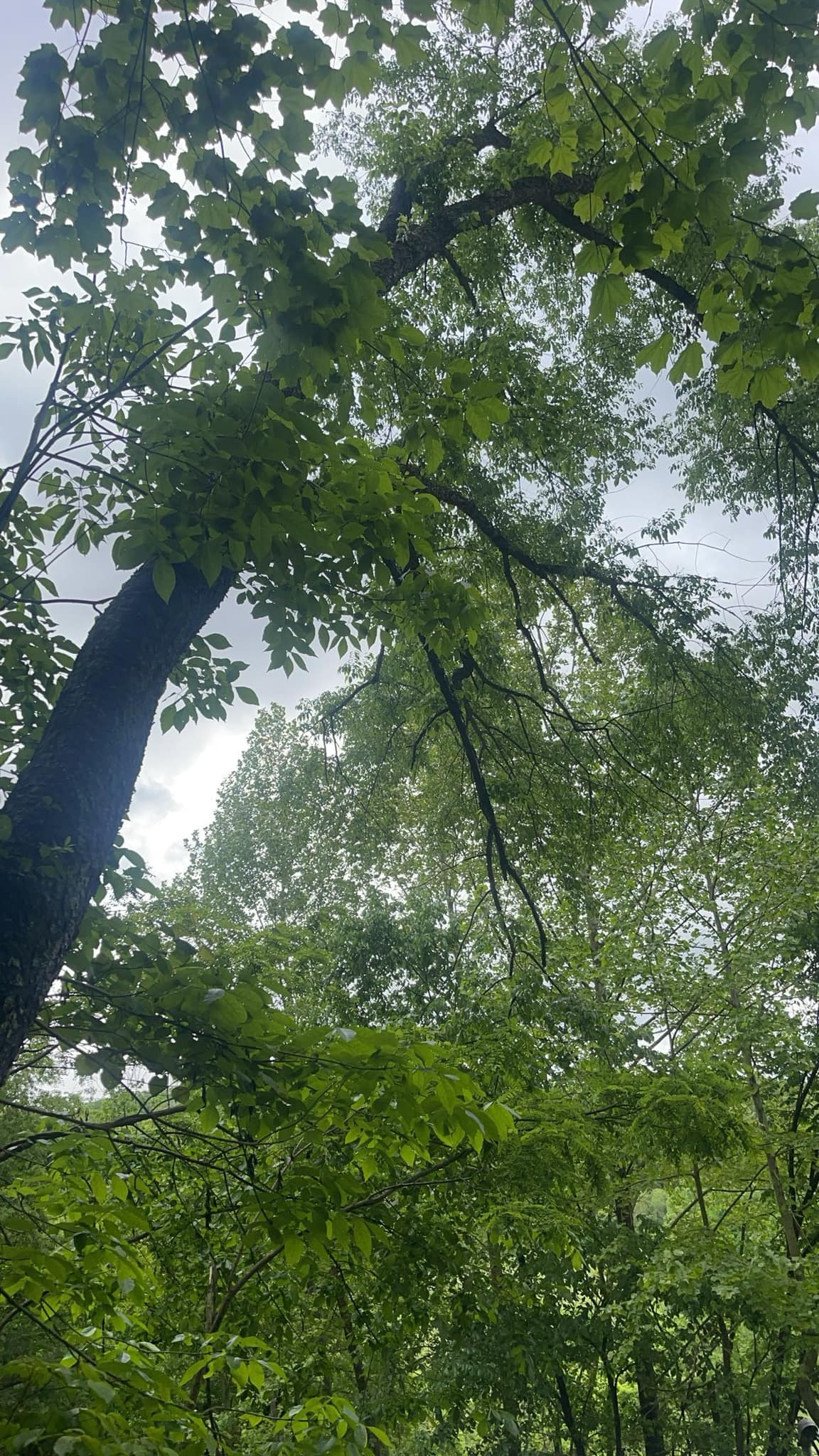
Understanding the Seasons: When to Prune Your Trees for Optimal Growth Apr 16, 2025
Pruning trees is an essential practice for maintaining the health and aesthetics of your landscape. Yet, the timing of this task is crucial as it significantly impacts a tree's growth and resilience. Understanding when to prune your trees can make a significant difference in their health and longevity. At Cook&Dye; Tree Service, we’re committed to helping you make informed decisions to ensure the optimal growth of your trees.The process of tree pruning involves removing dead or overgrown branches and stems to promote healthy growth. But knowing the best time to prune your trees often depends on the type of tree and the climatic conditions in your area. Generally, most experts recommend pruning during late winter and early spring. This period allows trees to heal quickly, as the cuts are exposed to less disease and pest activity while promoting vigorous new growth when the spring season arrives.Deciduous trees, which include species like oaks and maples, are excellent candidates for late winter or early spring pruning. At this time, these trees are dormant, meaning they are less likely to suffer from stress or disease. Pruning during dormancy enhances the tree's productivity as the absence of leaves provides a clearer view of the tree's structure, making it easier to perform precise cuts.Summer pruning, although less common, can also benefit specific scenarios, particularly if immediate corrective pruning is needed. This practice is beneficial for controlling or directing the growth of branches, often focusing on branches that appear to grow too vigorously. This timing works well for fruit trees, as it enhances the shape and increases exposure to sunlight, ultimately improving fruit production.Conversely, pruning in autumn should generally be avoided. During this time, trees are already shedding leaves, and pruning may disrupt their natural cycle, exposing them to unnecessary stress. Trees require energy reserves to survive harsh winter conditions, so pruning in the fall can lead to weakened foliage and overall health issues.For evergreens, the approach can vary slightly. These trees do not have a specific dormant period and can be pruned throughout the growing season. However, light pruning when the temperatures are mild will help these trees maintain their shape without overburdening them during extreme heat or cold.When planning your pruning schedule, it’s important to consider the specific needs of each tree species on your property. Consulting with tree care professionals can provide tailored advice and support, ensuring that each tree is pruned at the optimal time for its variety and health. At Cook&Dye; Tree Service, we offer expert advice and professional tree pruning services tailored to your landscape's unique needs.In conclusion, understanding the seasons and timing your tree pruning tasks effectively can greatly influence the growth and vitality of your trees. By adjusting your pruning practices according to species-specific needs and seasonal cycles, your trees will thrive, offering beauty to your property while enhancing their structural integrity and health. Always seek professional advice for more specialized care, ensuring that your trees receive the precise attention they require. Whether you're a seasoned gardener or a homeowner looking to improve your landscape's appeal, proper timing in tree pruning is key to achieving outstanding results.
/filters:no_upscale()/media/2ab05354-7aae-40f1-8d9d-4cabf9660b48.jpg)
/filters:no_upscale()/filters:format(webp)/media/d0a1f2da-b2a4-4ebb-b793-7d550dd4af8b.jpg)